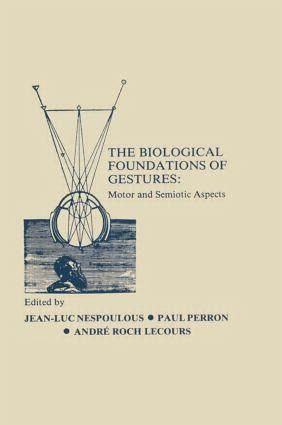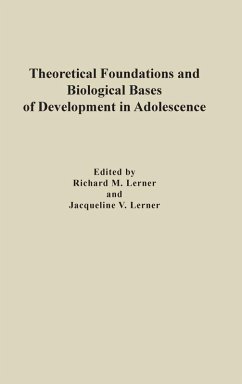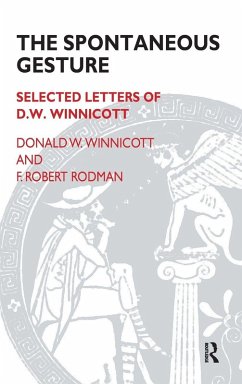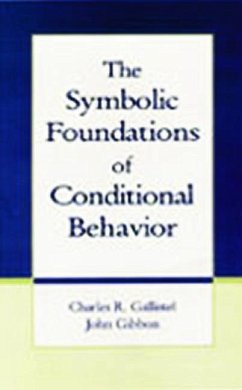
The Biological Foundations of Gesture
Motor and Semiotic Aspects
Herausgeber: Nespoulous, J. L.; Lecours, A. R.; Perron, P.
Versandkostenfrei!
Versandfertig in 1-2 Wochen
49,99 €
inkl. MwSt.
Weitere Ausgaben:

PAYBACK Punkte
25 °P sammeln!
First published in 1986. Routledge is an imprint of Taylor & Francis, an informa company.













